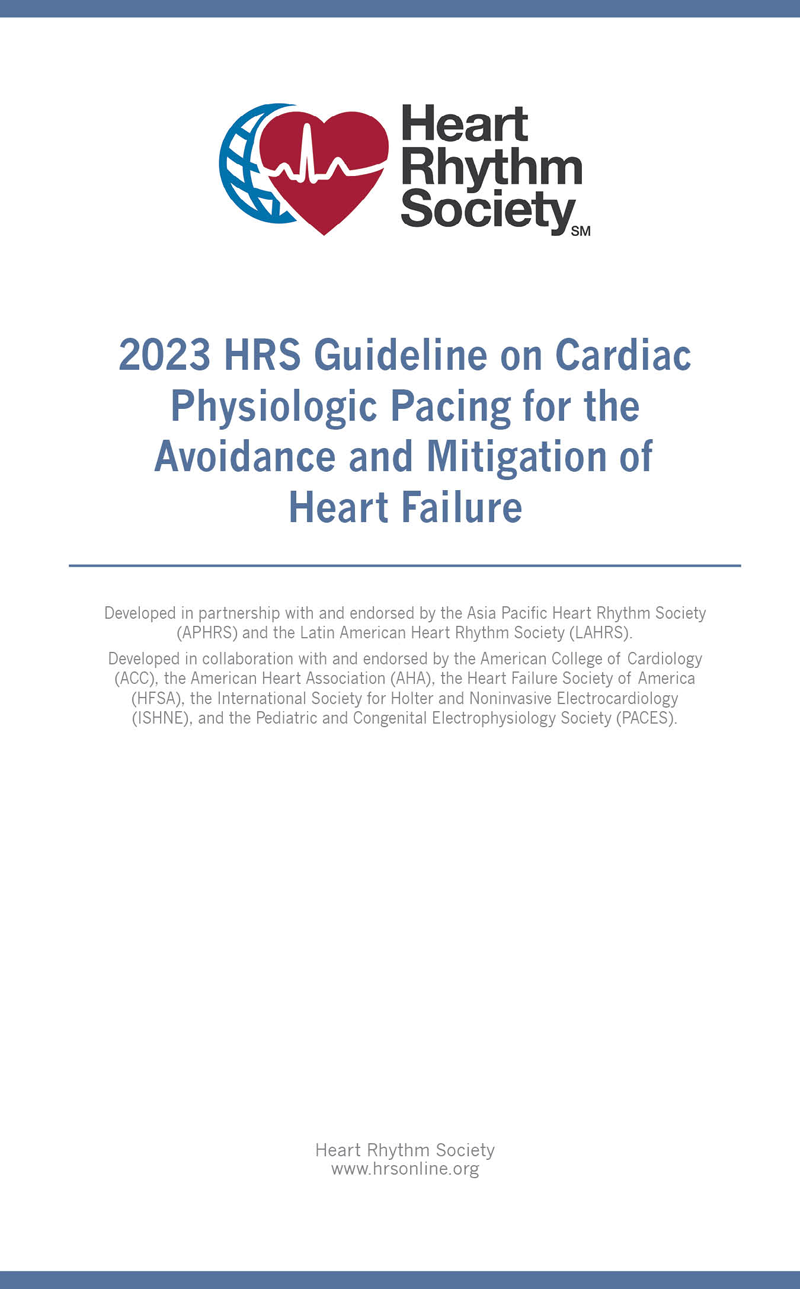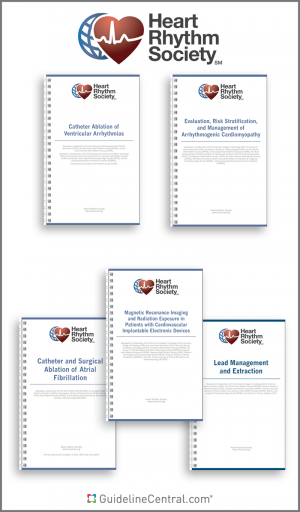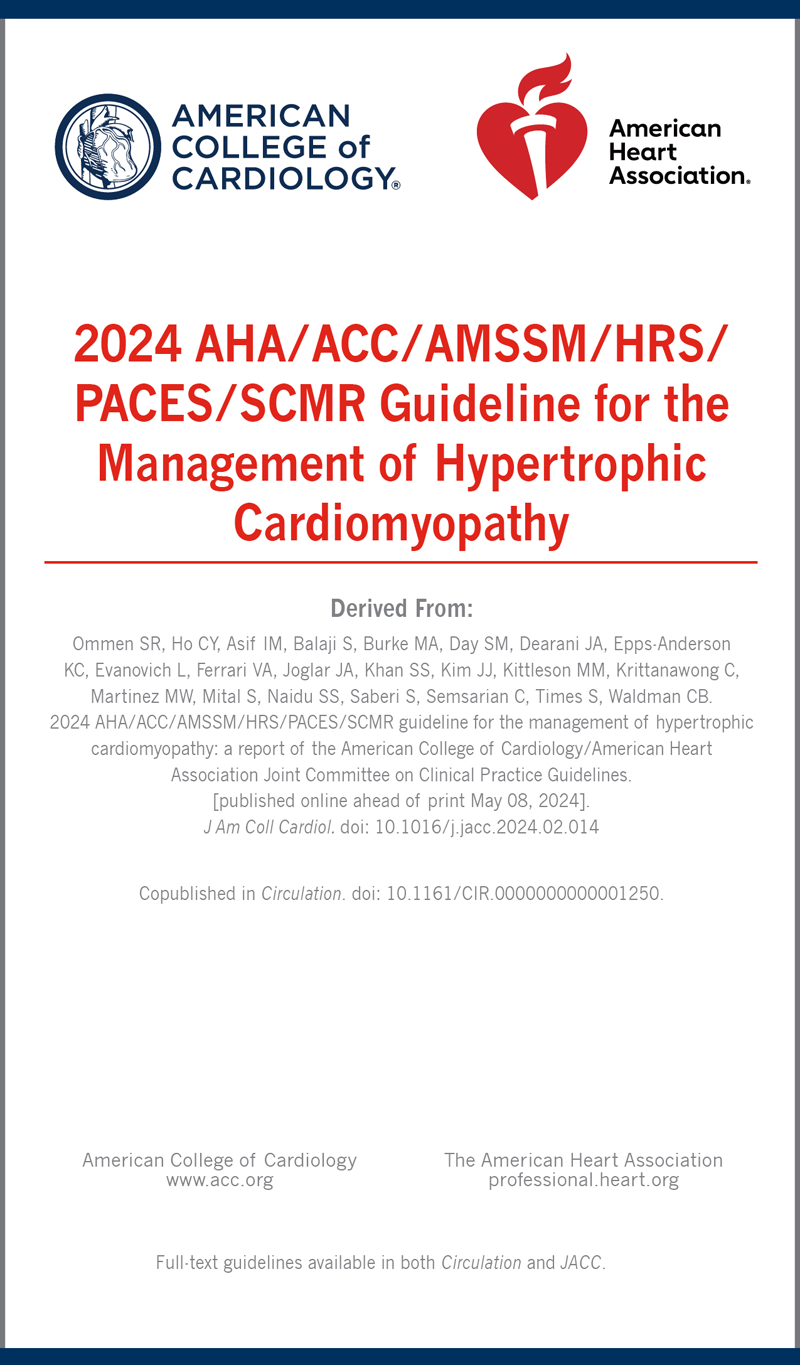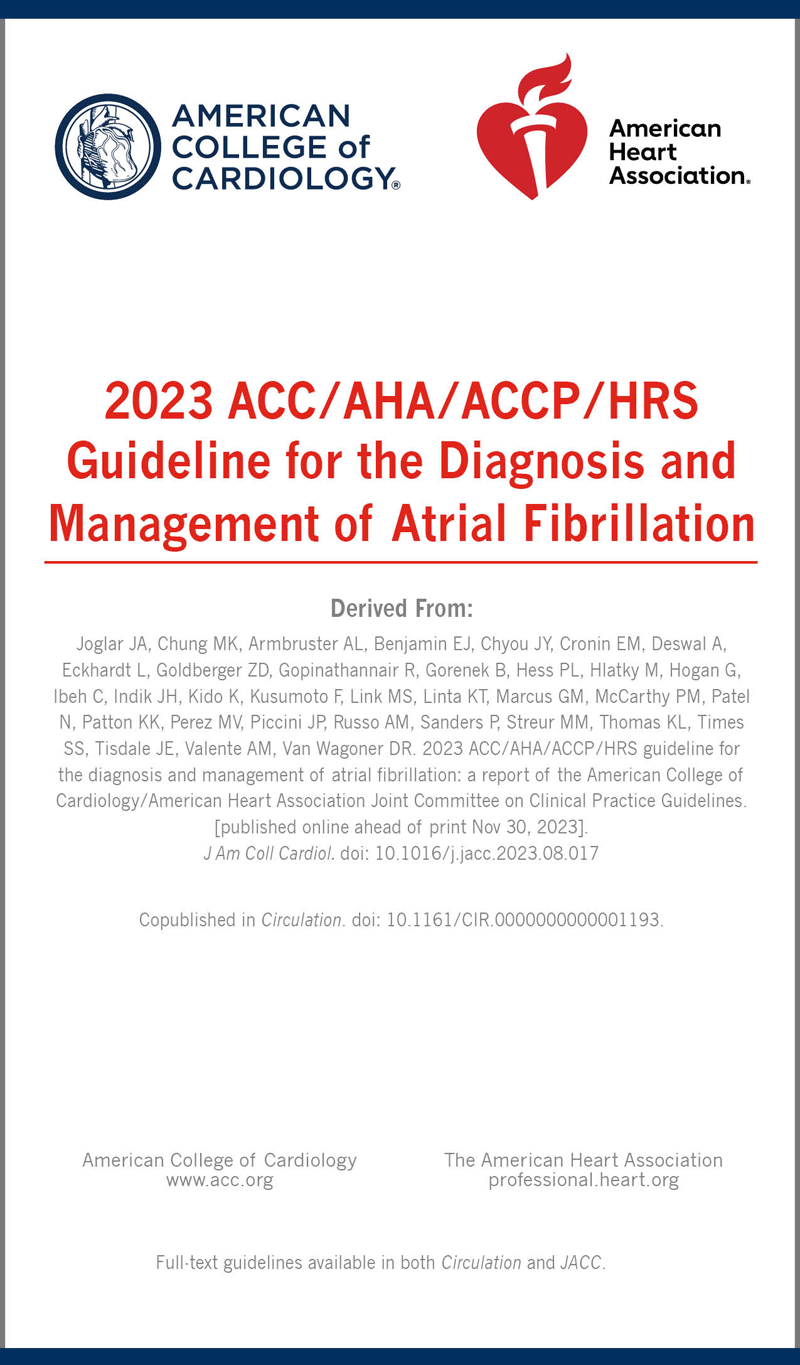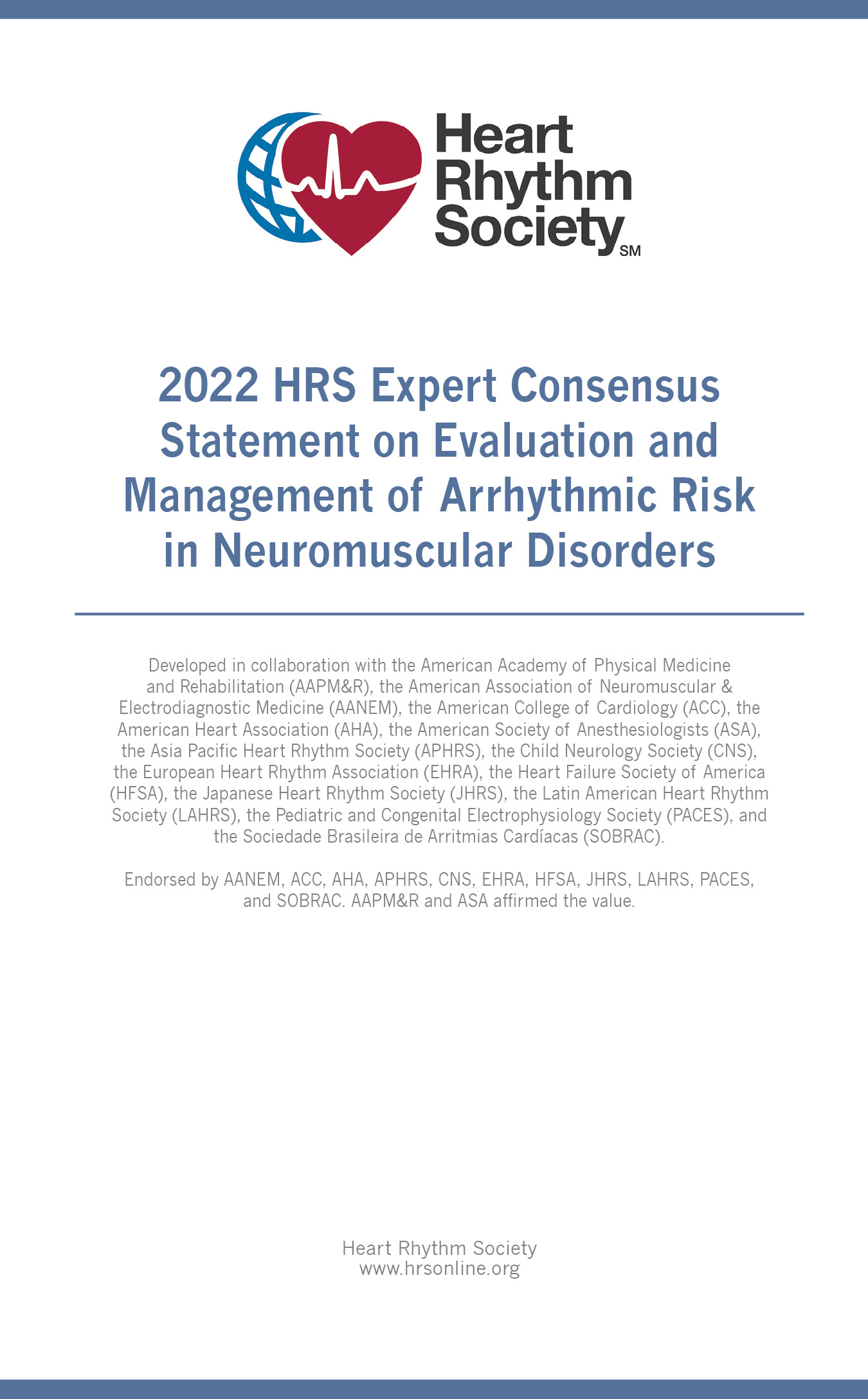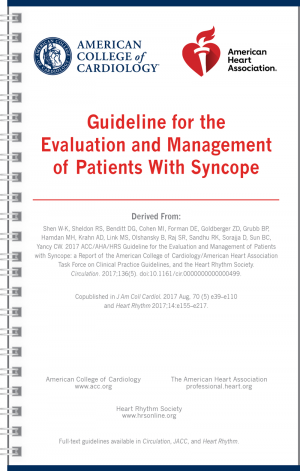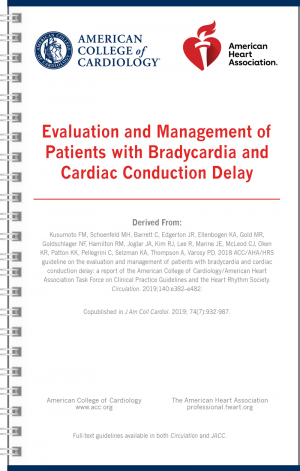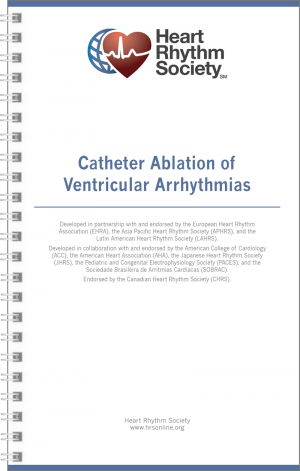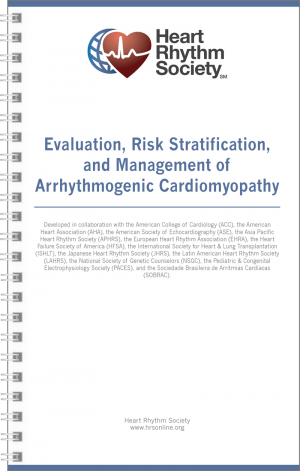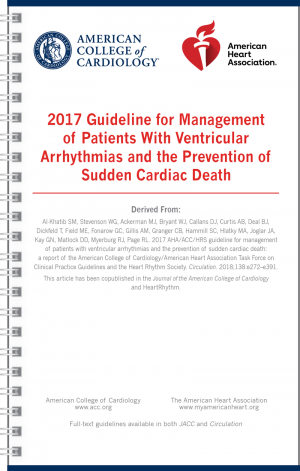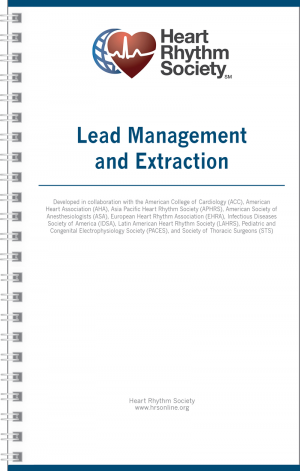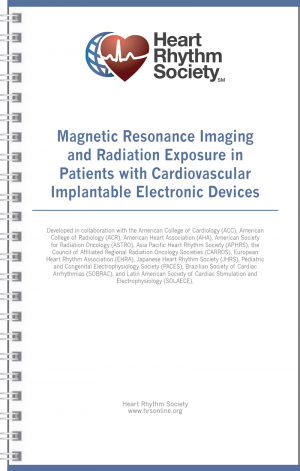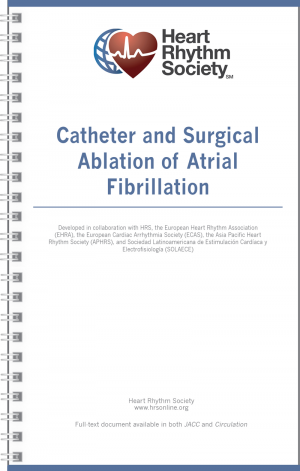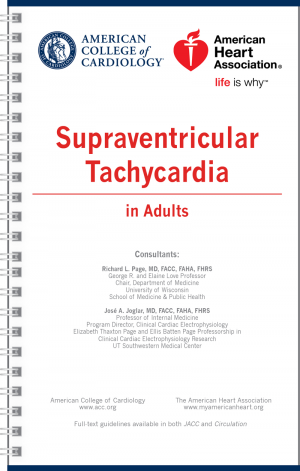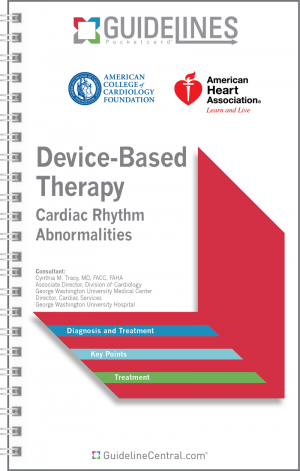Cardiac Physiologic Pacing for the Avoidance and Mitigation of Heart Failure
- 48 pages
- Spiral Bound
- 80# Aqueous Coating
- 4.25" x 7.25"
- Ships in 5 – 10 business days
- Top 10 Take-Home Messages
- Introduction
- Epidemiology, Pathophysiology, and Detection of Electrical Dyssynchrony-induced Cardiomyopathy
- Indications for CPP in Patients with Indications for Pacemaker Therapy
- Indications for CPP in Patients with HF
- Indications for CPP in Atrial Fibrillation
- Pre-procedure Evaluation and Preparation
- Implant Procedure
- CPP Follow-up and Management
- Congenital Heart Disease
- CCP in Pediatric Populations without Congenital Heart Disease
- Tables
- Definitions
- CRT Response Criteria
- Criteria for His Bundle Pacing
- Criteria for Left Bundle Branch Area Pacing
- Reasons for Abandonment and/or Crossover to Alternative CPP Approach During Implantation
- Pacemaker Interrogation and Programming Approach for CPP
- Figures
- Pacing Strategies in Patients Undergoing Pacemaker Implantation for Bradycardia Indications
- Pacing Strategies in Patients Without Bradycardia Indications Who Have HF
- CRT Hazard Ratio (HR) by Height and QRS Duration
- CPP in Patients With AF
- Pre-procedure Evaluation and Preparation
- Implant Procedure
- Selective and Nonselective HBP
- Bundle Branch Block Correction With HBP
- Left Bundle Branch Pacing in Narrow QRS
- LBBP in LBB
- Patient Follow-up and Management After Implantation With a CPP Device
- Patients With Congenital Heart Disease
- CPP in Pediatric Populations
- For purchases under 100 in quantity, we suggest placing the order directly through the website.
- We offer group/institutional licenses for multi-user accounts (discount amount varies depending on the number of users).
- We are proud to offer special discounts to medical schools, training programs, students and more.
- We offer bulk purchase discounts based on number of copies and number of titles.
Contact Us for more details
Description
This resource is for informational purposes only, intended as a quick-reference tool based on the cited source guideline(s), and should not be used as a substitute for the independent professional judgment of healthcare providers. Practice guidelines are unable to account for every individual variation among patients or take the place of clinician judgment, and the ultimate decision concerning the propriety of any course of conduct must be made by healthcare providers after consideration of each individual patient situation. Guideline Central does not endorse any specific guideline(s) or guideline recommendations and has not independently verified the accuracy hereof. Any use of this resource or any other Guideline Central resources is strictly voluntary.
You can also find this product included in this bundle!
